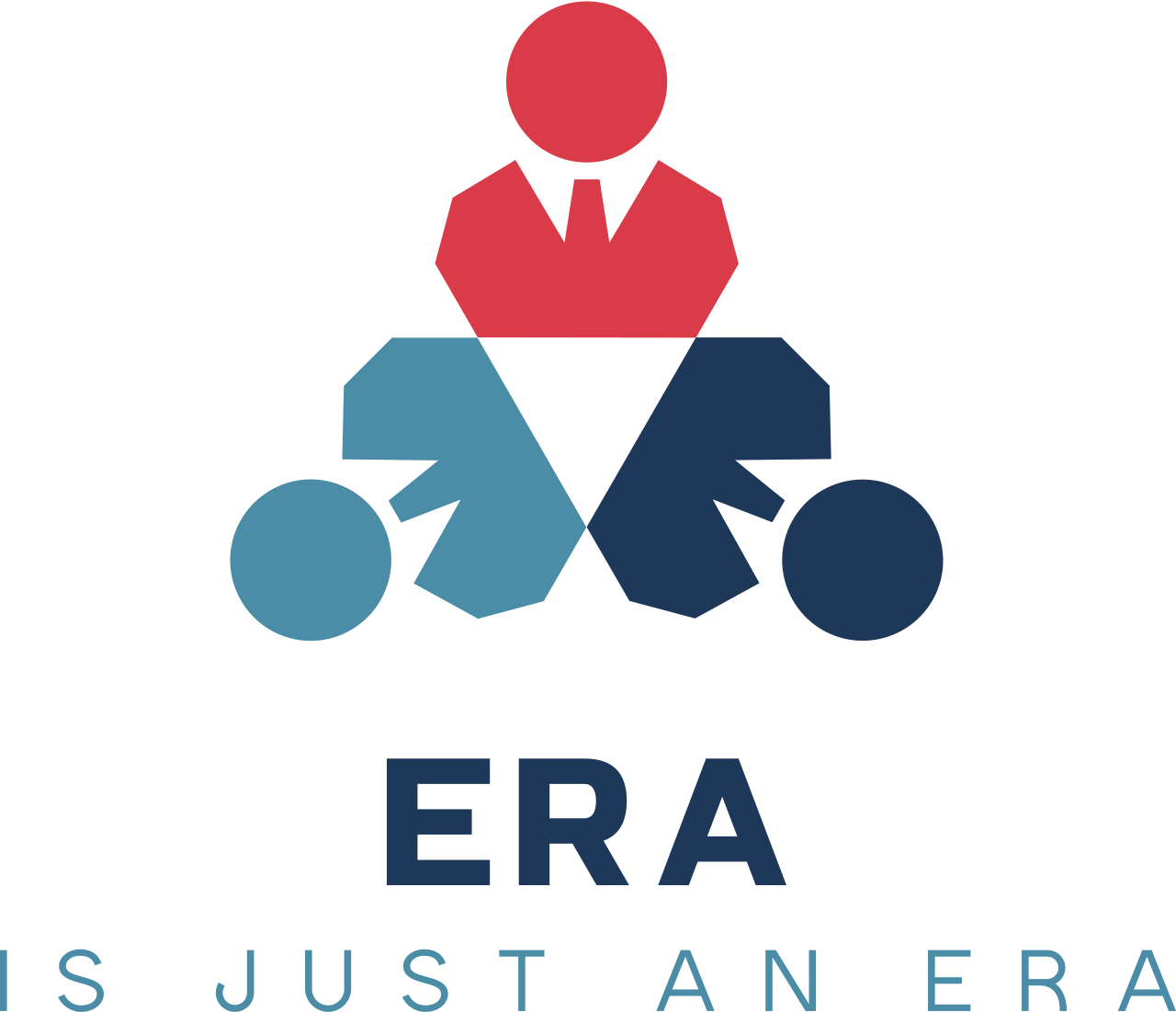Innovative Nexus: Reimagining Workspaces for Enhanced Creativity
What innovative design principles, such as biophilic and sensory-focused elements, can be employed in immersive workspaces to enhance both creativity and mental well-being?
In today’s rapidly evolving work environment, a transformative approach to workspace design is emerging that harmonizes physical layout with digital innovations to maximize creativity and performance. Groundbreaking research illustrates that when physical spaces are meticulously designed—integrating natural light, comfortable furnishings, and curated visual elements—the result is an environment that nurtures both individual ingenuity and collaborative energy.A core discovery in this innovative landscape is the role of multisensory design. By strategically incorporating elements such as intelligent lighting and ambient stimuli, including pleasing scents and auditory cues, organizations can significantly boost cognitive performance without impacting physiological measures like heart rate. This blend of visual and olfactory stimuli, particularly when experienced in virtual reality simulations, creates a powerful sense of presence that enhances task execution in both traditional and remote settings.Moreover, the shift towards hybrid work models, accelerated by recent global events, has prompted a rethinking of how we perceive home office and co-working spaces. Rather than viewing these arrangements as a compromise, modern designs are embracing flexibility and personalization. Activity-Based Workplaces are gaining traction by eliminating fixed stations and allowing workers to choose settings that match their specific tasks, thereby fostering a culture where creative ideas flourish naturally. Critical attributes like privacy, adequate ventilation, and controlled acoustics are recognized not just as comfort factors, but as catalysts for improved employee satisfaction, lower absenteeism, and greater organizational commitment.In addition, contemporary research points to the idea that the components of creative performance—divergent and convergent thinking, professional expertise, and personal motivation—are enhanced when individuals are supported by an environment designed with both psychological and physiological well-being in mind. In essence, the synthesis of strategically planned physical spaces with sophisticated digital tools, such as virtual reality, marks a new frontier in workplace design. This integrated approach not only revitalizes the traditional office atmosphere but also lays the groundwork for a more adaptive, innovative, and engaging future for workspaces worldwide.
